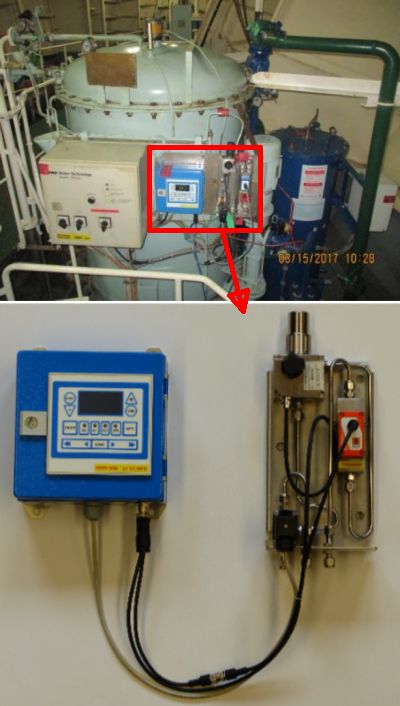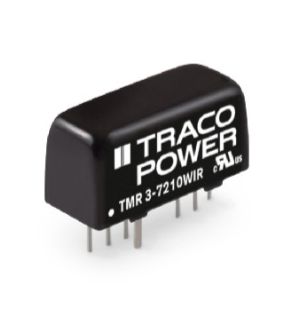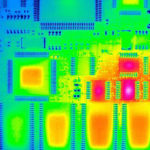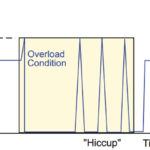Ruggedized power modules now play a role in minimizing the contamination of sea water from the world’s shipping industry.
Axel Schütz, TRACO Power
There are more than 90,000 ships of various types and sizes on the seven seas: Cargo and container ships, oil, gas and chemical tankers, ferries, tugboats and so forth. One aspect common to all of them is that water collects in the lowest space on the vessel in an area known as the bilge. Bilge water came from leaky planks in old-time wooden ships, but in modern ships it can also be comprised of condensation moisture from air-conditioning systems.
Bilge water is pumped overboard. But shipping regulations now dictate that it be cleaned before being ejected back into the sea. An example of how the process works comes via the Deckma Hamburg Co. in Germany. Its specialty is oil-in-water measurements for monitoring and limiting oily wastewater in maritime and industrial applications.

Top, a centrifugal separator used for cleaning bilge water. Below, a close up of the Dekma Hamburg controller.
Bilge water treatment takes place in a device called a separator. Separators often use the centrifugal
principle for removing oils though other techniques such as flocculation and coalescence are generally employed as well. Bilge water is pumped into the centrifuge chamber which contains a disc stack to create a
lamina flow and improve the separation effect. The centrifuge drum spins at extremely high speed to separate liquids of higher density, e.g., heavy oil, from liquids of lower density (water). Solid particles also fall out during the process. They collect at the bottom of the centrifuge and get removed during periodic cleaning. Additionally, cleaned water from the centrifuge may also go through a secondary filter to further reduce contaminants.
Centrifuge separators are controlled by monitoring devices that adjust the flow of bilge water depending on the concentration of oil and contaminants they contain. One such device is the Deckma Hamburg OMD-2008 EV FC MCU. In operation, a sample of the purified water is fed into the OMD 2008 EV FC MCU measuring unit. The water flowing through is irradiated with an optical sensor (diffuse reflection light sensor). While solid particles absorb the light, clean water leads to diffuse reflection. The monitor responds depending on the desired fixed value, e.g.,15 ppm. If the threshold limits are exceeded, the LED on the front panel changes from flashing green to constant red. In addition, a relay is activated, and the output can be read out accordingly. As part of control system, the measuring unit gives feedback to the separator and a readjustment takes place with the specification to realize the prescribed value (15 ppm).

The Traco converter that powers the Dekma Hamburg separator controller.
Separators are manufactured worldwide. Depending on the area of application, they can use a wide variety of voltages. It is not uncommon to find operational ac or dc voltages in the range of 24 to 230 V. To accommodate the broad span of voltages, universally suitable power supplies have been developed. TMR 3-2411WIR DC-DC converters from Traco Power generate 24 Vdc, which the measuring unit requires. They also convert the 9 to 36 Vdc to an electrically isolated stable 5 Vdc.
The oil-in-water monitor from DECKA Hamburg has several qualities in common with rugged electronic components that are approved for railway applications, including dc/dc converters. Devices in this category pay special attention to temperature extremes, vibrations and impacts, as well as to relative humidity. This “railway suitability” is bundled into two central standards: EN 61373 (shock and vibration) and EN 50155 (including voltages fluctuations, temperature changes and relative humidity).
TRACO’s railway dc/dc converters cover a power range from 3 to 300 W. Modules with ultra-wide 12:1 input: 9-75 or 14-160 Vdc are available. Requirements regarding fire protection are summarized in EN 45545-2. The working temperature range is -40 to 90°C. The product warranty is three years.




